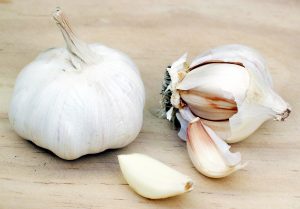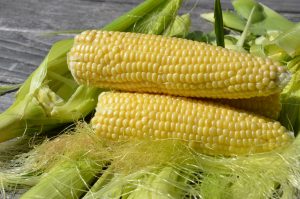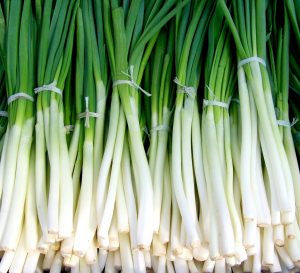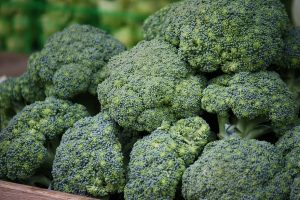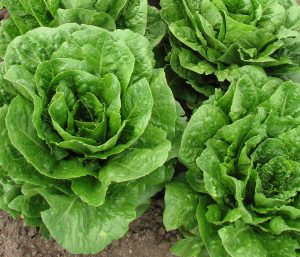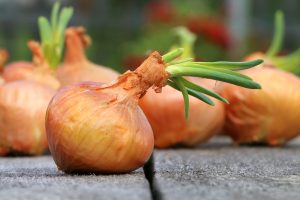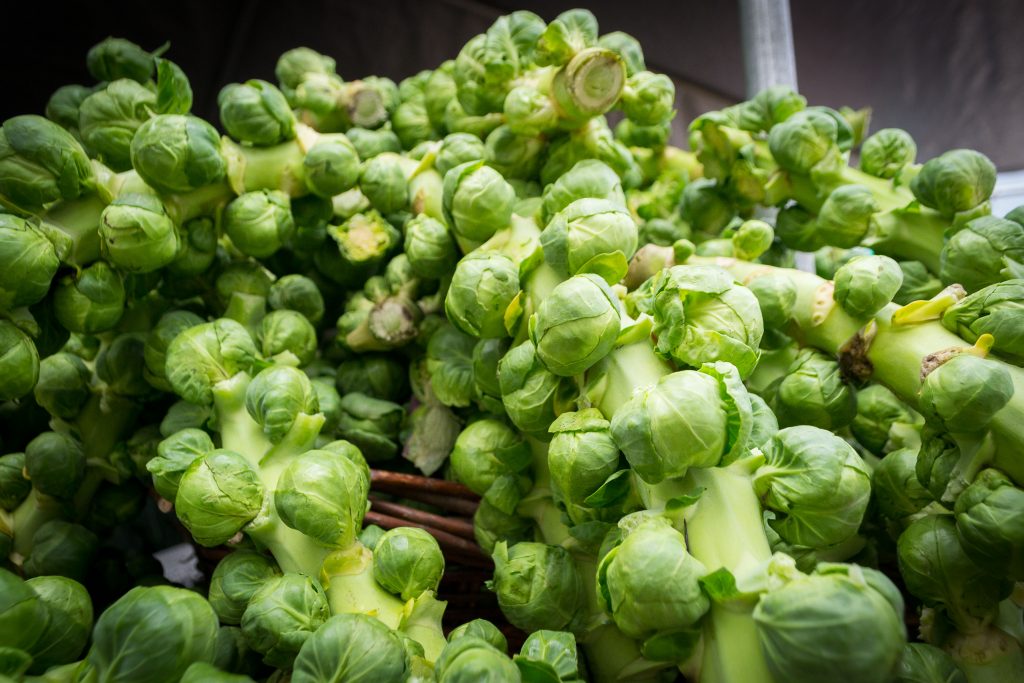
Brussel sprouts are a delicious and nutritious vegetable that are easy to grow in your own garden. Whether you’re a seasoned gardener or a beginner, this guide will give you all the information you need to grow and care for your own brussel sprouts. From understanding the health benefits to planting and caring for your plants, we’ve got you covered.
Understanding Brussel Sprouts
What are Brussel Sprouts?
Brussel sprouts are a member of the Brassica family, which also includes broccoli, cauliflower, and kale. They are small, cabbage-like vegetables that grow on a stem and are typically harvested in the fall or winter. Brussel sprouts are prized for their high nutritional value and delicious taste.
Did you know that Brussel sprouts were first cultivated in ancient Rome? They were later introduced to Belgium, where they were further developed and eventually became known as “Brussel” sprouts.
Health Benefits of Brussel Sprouts
In addition to their great taste, brussel sprouts are packed with nutrients that are essential for good health. They are a great source of vitamin C, vitamin K, and vitamin A, as well as dietary fiber and antioxidants. Eating brussel sprouts regularly can help reduce inflammation, improve digestion, and support a healthy immune system.
Research has shown that consuming brussel sprouts can also help lower the risk of certain types of cancer, including breast, prostate, and colon cancer. This is due to the high levels of glucosinolates found in brussel sprouts, which have been shown to have anti-cancer properties.
Best Varieties of Brussel Sprouts
When choosing the best variety of brussel sprouts to plant, it’s important to consider your growing conditions and personal preferences. Some popular varieties include Long Island Improved, Jade Cross, and Diablo. These varieties tend to be disease-resistant and have a sweeter flavor, making them a great choice for home gardens.
Another variety of brussel sprouts that is gaining popularity is the “Kalettes” or “BrusselKale” variety. This unique hybrid combines the flavors of brussel sprouts and kale, and has a milder taste than traditional brussel sprouts. Kalettes are also high in vitamin C and vitamin K, making them a great addition to any meal.
Whether you prefer traditional brussel sprouts or a unique hybrid variety, there is no denying the health benefits and delicious taste of this versatile vegetable.
Preparing the Soil for Brussel Sprouts
Soil Requirements
Brussel sprouts are a delicious and nutritious vegetable that can be grown in your own backyard. To ensure a successful harvest, it’s important to prepare your soil properly. Brussel sprouts thrive in well-draining soil that is rich in organic matter. This means that the soil should be loose and crumbly, allowing for air and water to flow freely through it.
Before planting your brussel sprouts, it’s important to test your soil to determine its pH level and nutrient content. You can purchase a soil testing kit at your local garden center or online. Once you have your soil test results, you can determine if any amendments are needed to create the ideal growing conditions for your brussel sprouts.
If your soil is too acidic or alkaline, you may need to amend it with lime or sulfur to achieve the ideal pH of 6.0-7.5. This will help your brussel sprouts absorb the necessary nutrients from the soil.
Fertilizing the Soil
Brussel sprouts are heavy feeders, meaning that they require a lot of nutrients to grow and produce a bountiful harvest. To ensure that your soil is rich in the necessary nutrients, it’s important to fertilize your soil before planting.
Apply a balanced fertilizer with a nitrogen-phosphorus-potassium (NPK) ratio of 10-10-10 or 5-10-5, following the instructions on the package. This will provide your brussel sprouts with the necessary nutrients to grow strong and healthy.
You can also add organic matter such as compost or aged manure to improve soil fertility. This will help to increase the amount of beneficial microorganisms in the soil, which will help to break down organic matter and release nutrients into the soil.
Soil pH and Amendments
When planting brussel sprouts, it’s important to ensure that your soil pH level is within the optimal range. If your soil pH is too low, you can add lime to increase the pH level. If it’s too high, you can add sulfur to lower the pH level.
You can also add amendments such as bone meal or blood meal to boost soil fertility. These amendments are high in nitrogen, which is essential for plant growth. They will help to provide your brussel sprouts with the necessary nutrients to grow strong and healthy.
In conclusion, preparing your soil properly is key to growing healthy and delicious brussel sprouts. By testing your soil, amending it with the necessary nutrients, and ensuring that the pH level is within the optimal range, you can create the ideal growing conditions for your brussel sprouts. Happy planting!
Planting Brussel Sprouts
Brussel sprouts are a delicious and nutritious vegetable that can be enjoyed in a variety of ways. Whether you’re roasting them in the oven, sautéing them on the stove, or adding them to a stir-fry, brussel sprouts are a versatile addition to any meal.
When to Plant Brussel Sprouts
Brussel sprouts are cold-tolerant vegetables that can be planted in the early spring or late summer. If you’re planting in the spring, wait until the soil has warmed up to at least 45°F before planting. This will ensure that the seeds germinate properly and the plants have a good start. If you’re planting in the fall, aim to plant your brussel sprouts at least 80-90 days before the first frost date in your area. This will give the plants enough time to mature before the cold weather sets in.
It’s important to choose a location for your brussel sprouts that receives full sun and has well-draining soil. Brussel sprouts prefer a slightly acidic soil with a pH between 6.0 and 6.8. You can test your soil’s pH with a soil test kit, which can be purchased at your local garden center or online.
Starting Seeds Indoors
If you want to get a head start on your brussel sprouts, you can start seeds indoors 6-8 weeks before the last frost date in your area. This will give the plants a chance to get a head start on the growing season and produce a larger harvest. To start seeds indoors, plant them in a seed-starting mix and keep them in a warm, well-lit area until they germinate. Once the seedlings have developed their first true leaves, you can transplant them into larger pots until it’s time to plant them in the garden.
When transplanting seedlings, it’s important to handle them gently and avoid damaging the roots. Make sure to plant them at least 3-4 feet apart in rows that are spaced 2-3 feet apart. Dig a hole that is slightly larger than the root ball of the seedling and gently place the plant into the hole. Fill in the hole with soil and water well to help the plant establish itself.
Caring for Brussel Sprouts
Brussel sprouts require regular watering and fertilization to grow strong and healthy. Water your plants deeply once a week, making sure to soak the soil around the roots. You can also add a layer of mulch around the base of the plants to help retain moisture and suppress weeds.
When fertilizing your brussel sprouts, use a balanced fertilizer that is high in nitrogen. You can apply fertilizer every 3-4 weeks throughout the growing season to promote healthy growth and a bountiful harvest.
It’s also important to keep an eye out for pests and diseases that can affect your brussel sprouts. Common pests include aphids, cabbage loopers, and flea beetles, while common diseases include black rot and clubroot. To prevent these problems, make sure to keep your garden clean and free of debris, and practice good crop rotation to avoid planting brussel sprouts in the same spot year after year.
Harvesting Brussel Sprouts
Brussel sprouts typically mature in 90-100 days after planting, depending on the variety. The sprouts will be ready to harvest when they are firm and about 1-2 inches in diameter. To harvest the sprouts, simply twist them off the stem with your fingers or use a sharp knife to cut them off.
It’s important to harvest the sprouts before the first hard frost, as cold temperatures can damage the plants and reduce the quality of the harvest. You can store the harvested sprouts in the refrigerator for up to a week, or freeze them for longer-term storage.
With a little bit of care and attention, you can enjoy a bountiful harvest of delicious and nutritious brussel sprouts from your garden!
Caring for Brussel Sprout Plants
Brussel sprouts are a nutritious and delicious vegetable that can be grown in your own garden with a little bit of care and attention. These plants require a few specific things to thrive, including proper watering, mulching, weed control, pruning, and thinning. In this guide, we’ll take a closer look at each of these elements to help you grow healthy and tasty brussel sprouts.
Watering Requirements
One of the most important things to keep in mind when caring for your brussel sprout plants is proper watering. These plants require deep, consistent watering to ensure that their roots stay moist. If the soil is too dry, the plants may not develop properly, and the brussel sprouts may be small and bitter.
When watering your plants, be sure to water them deeply once or twice a week, depending on the weather conditions in your area. If it’s particularly hot and dry, you may need to water more frequently. To avoid getting water on the leaves, water the plants at the base of the stem. This will help prevent the leaves from getting wet, which can increase the risk of disease.
Mulching and Weed Control
In addition to proper watering, mulching and weed control are also important for growing healthy brussel sprout plants. Mulching your plants can help retain moisture in the soil and reduce weed growth. Apply a layer of organic mulch such as straw or shredded leaves around the base of the plants, being careful not to cover the stem. This will help keep the soil moist and cool, which can promote healthy growth.
You can also control weeds by hand-weeding or using a hoe to remove them as they appear. Weeds can compete with your brussel sprout plants for water and nutrients, so it’s important to keep them under control. By regularly removing weeds, you’ll help ensure that your brussel sprouts have the resources they need to grow and thrive.
Pruning and Thinning
To ensure that your brussel sprouts develop properly, it’s important to thin them out and prune them as needed. Thinning your plants involves removing some of the smaller or weaker plants to give the remaining plants more space and resources to grow. This can help ensure that your brussel sprouts are larger and more flavorful.
Pruning involves removing any yellowing or damaged leaves from the plants, and using a pair of scissors to cut off any side shoots that are smaller than a quarter. This will help direct the plant’s energy into producing larger, tastier brussel sprouts. Be sure to prune your plants regularly throughout the growing season to promote healthy growth and development.
By following these tips for soil preparation, planting, and care, you’ll be well on your way to growing a bumper crop of delicious brussel sprouts in your own garden. Whether you’re a seasoned gardener or just starting out, brussel sprouts are a great vegetable to grow at home. They’re nutritious, delicious, and easy to care for, making them a great addition to any garden. Happy gardening!

